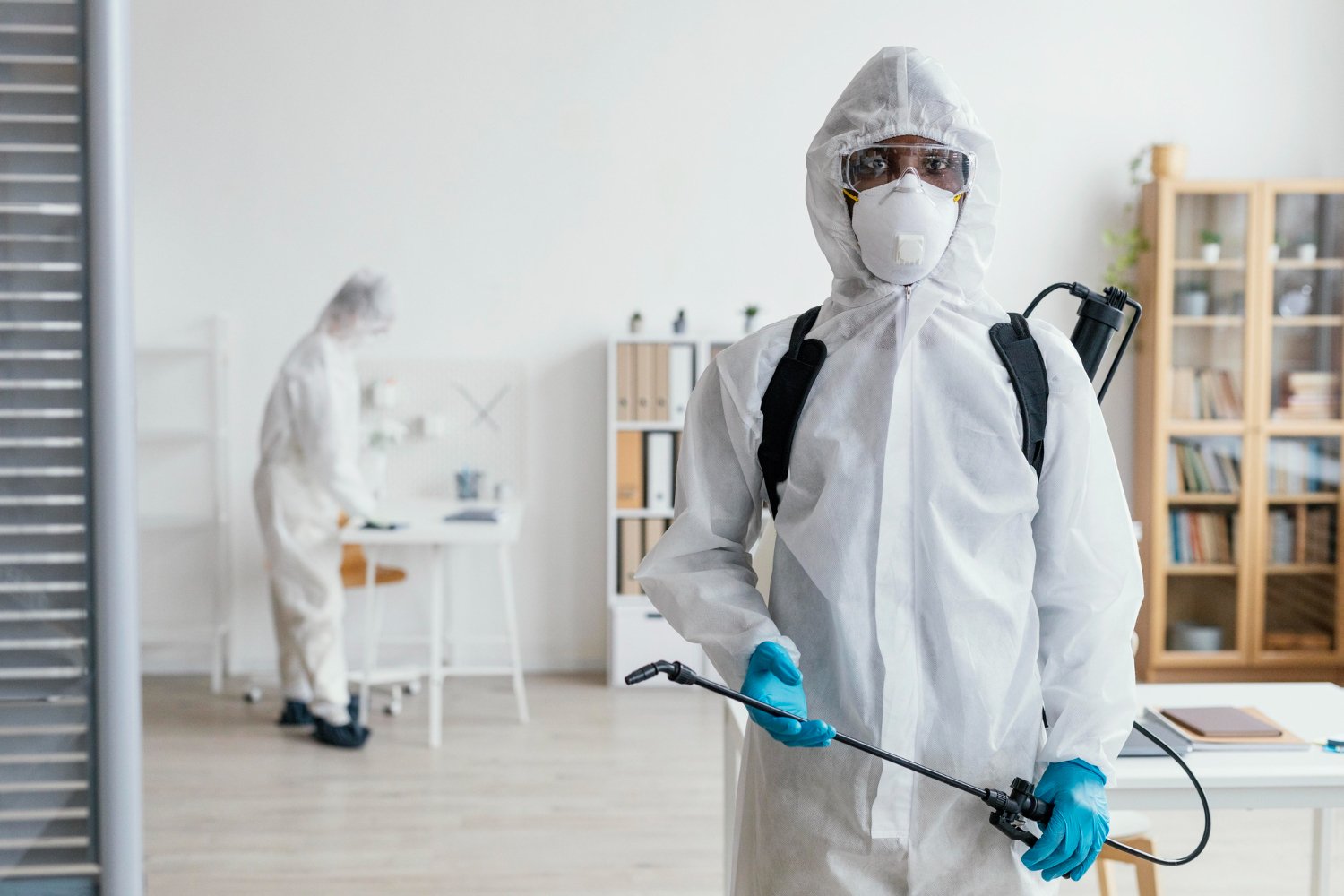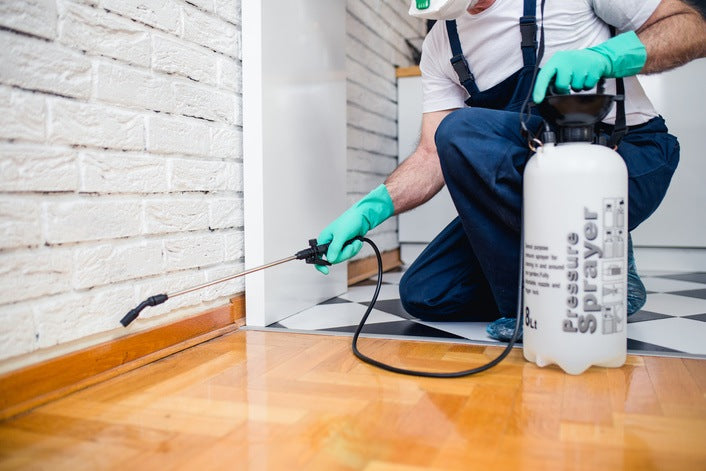Why Residents Rely on Pest Control Lockhart for Their Needs
Why Residents Rely on Pest Control Lockhart for Their Needs
Blog Article
Exploring Problem and Therapy Techniques worldwide of Pest Control
The landscape of insect control includes a myriad of obstacles, specifically as invasions of common family bugs proceed to evolve. By integrating preventive steps with innovative administration strategies, such as Integrated Parasite Monitoring (IPM), homeowners can better safeguard their environments.

Common Household Pests
When it concerns managing our space, comprehending typical house pests is important. These insects not only disrupt our comfort but can also pose health and wellness dangers and damage residential property. One of the most common home insects include ants, cockroaches, rats, termites, and bed pests.
Ants, often seen foraging in cooking areas, can infect food and develop big colonies. Cockroaches, recognized for their strength, can activate allergies and spread microorganisms. Rodents, consisting of computer mice and rats, can trigger structural damages and bring diseases like hantavirus and salmonella. Termites, frequently referred to as "quiet destroyers," can jeopardize the integrity of wood frameworks, resulting in costly fixings. Bed insects, although not disease carriers, can create substantial discomfort via their attacks and result in psychological distress.
Identifying the indications of these pests, such as droppings, nests, or attack marks, is vital for very early intervention (Pest Control Lockhart). Proper cleanliness methods, sealing entry factors, and preserving a clutter-free setting are efficient preventative measures. By determining these common family pests and comprehending their behaviors, house owners can take proactive steps to minimize infestations, making certain a healthier living atmosphere
Recognizing Insect Infestations
Pest infestations can escalate rapidly, turning a minor nuisance into a considerable issue if not attended to without delay. Usual variables adding to problems consist of bad cleanliness, structural vulnerabilities, and seasonal modifications that drive insects inside your home.
Identifying the kind of pest is important, as different species show diverse actions and reproductive prices. For example, rodents may develop nests in concealed locations while bugs like cockroaches thrive in wet settings. Early detection often rests on identifying indications such as droppings, gnaw marks, or uncommon noises, which can suggest a problem prior to it ends up being severe.
Warm, damp environments can help with the rapid growth of pest populations, while adjustments in landscaping or building can accidentally create favorable atmospheres. An enlightened strategy to understanding these characteristics lays the groundwork for efficient pest management methods in the future.
Therapy Approaches and Methods
Reliable therapy methods and techniques are crucial for mitigating insect invasions and recovering a secure setting. A multifaceted approach is typically best, integrating chemical, organic, and mechanical approaches customized to the specific bug and the seriousness of the problem.
Chemical therapies include the use of pesticides and herbicides, which can effectively remove bugs. Nonetheless, correct application and adherence to security guidelines are crucial to minimize threats to human beings and non-target microorganisms. Integrated Parasite Monitoring (IPM) motivates the cautious use of chemicals as a last resource, relying rather on surveillance and limit levels to determine treatment demands.
Organic control techniques involve presenting natural killers or parasites to lower bug populations. This strategy is progressively preferred, especially in agricultural setups, as it promotes environmental sustainability.
Mechanical methods, such as traps and obstacles, offer prompt relief from parasites without introducing chemicals. Alternatives include sticky catches for insects or physical obstacles for rats.
Eventually, the selection of treatment technique should think about the specific bug, the setting, and prospective influence on human health and ecological communities. A balanced combination of these approaches can efficiently handle problems while promoting long-lasting parasite control solutions.
Precautionary Actions for Homes
Proactively dealing with parasite issues before they intensify is crucial for keeping a healthy home environment (Pest Control Lockhart). Carrying out reliable safety nets can considerably minimize the chance of problems, ultimately safeguarding both your residential property and health

Correct landscape design likewise plays a vital duty in avoidance. Keeping shrubs and trees trimmed away from your home lowers the opportunities of bugs discovering their method indoors. Furthermore, ensure that water drainage systems are operating effectively to avoid standing water, which can attract insects and various other insects.
Finally, routine examinations are a good idea. Frequently looking for indicators of bug activity permits early intervention. By taking on these safety nets, home owners can produce a setting that is less hospitable to bugs, thus boosting their general top quality of life and minimizing the demand for substantial pest control treatments.
Commercial Bug Control Strategies
A detailed approach to industrial parasite control is vital for businesses aiming to keep a safe and hygienic setting. Effective methods entail a combination of routine you can find out more inspections, employee training, and the execution of Integrated Pest Administration (IPM) techniques.
Normal evaluations allow very early detection of insect task, enabling prompt intervention. Companies need to create a regular schedule for these assessments, focusing on risky locations such as cooking areas, storeroom, and waste disposal sites. Worker training is just as crucial; staff ought to be informed on the indications of parasite problems and the importance of reporting them instantly.
Executing IPM methods assists alleviate parasite concerns sustainably. This consists of environment alteration, such as securing access factors and minimizing mess, in addition to utilizing all-natural deterrents before turning to chemical treatments.

Furthermore, working together with a certified insect control copyright makes certain accessibility to specialist understanding and advanced treatment alternatives. This partnership can result in tailored parasite control plans customized to the specific requirements of business, decreasing dangers and improving general efficiency. Eventually, an aggressive and informed approach cultivates a pest-free atmosphere, protecting both public health and organization online reputation.
Final Thought
In conclusion, efficient check here parasite control Click Here necessitates a detailed understanding of usual home parasites and their behaviors, combined with targeted therapy approaches. Executing precautionary actions together with treatment methods such as Integrated Pest Management and biological control boosts the capacity to mitigate invasions.
Report this page